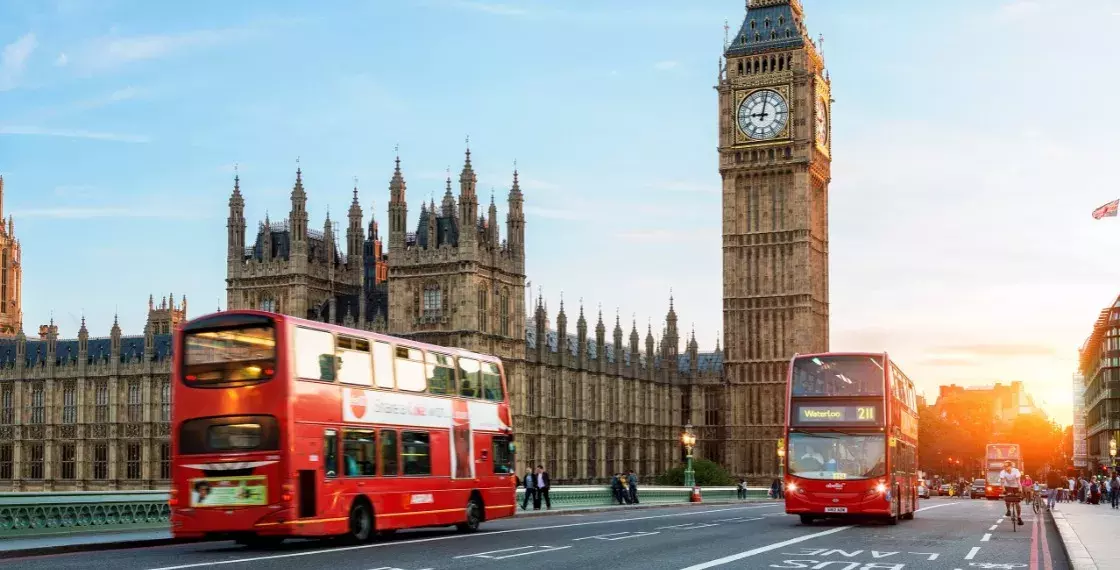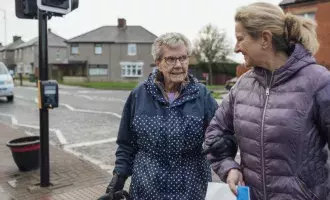We’re proud to have partnered with Transport for London (TfL) for nearly a decade across multiple key operations, including the congestion charging scheme, the Ultra-Low Emission Zone and the Direct Vision Standard, jointly supporting better outcomes for citizens who visit, work and live in the capital.
London’s congestion charging scheme
London’s high-profile congestion charging scheme has been instrumental in reducing vehicle congestion in London and facilitating inner-city transport. It also provides TfL with significant revenue each year, and this of course enables the organisation to invest in the transport network and keep London moving for everyone.
On behalf of TfL we implemented - and continue to manage - the congestion charge and associated business operations (such as the processing of traffic enforcement notices), across the entire TfL road network. This extensive delivery programme includes a range of IT, back office and customer contact centre services and systems. Our service for TfL spans the full end-to-end congestion charging process - from upfront payments and customer services to enforcement operations. We process the evidential records from the congestion zones and, upon receipt of the images and associated meta data, we verify before processing through our account and billing system. Whenever a contravention is detected or payment is not made, the record is sent to our enforcement operations team to raise a penalty charge notice (PCN). We also collate all evidence for instances wherein further action is required.
The front-end delivery of these services includes complex levels of integration between our managed IT systems and those run by third party organisations, such as the ANPR camera provider and European debt recovery agencies.
Our technical capabilities, robust integrations and network of customer-facing channels enable us to process over 1.4m images and up to 15,000 payments per day on behalf of TfL. Through our class -leading systems and unwavering focus on customer service, we’re proud to keep London moving for everyone through the congestion charge scheme.
Supporting the launch and operation of the world’s largest Ultra-Low Emission Zone
Since we launched the Ultra-Low Emission Zone (ULEZ) on behalf of TfL in April 2019, NOₓ (Nitrogen Oxide) emissions in London have reduced by 44%, protecting Londoners from harmful levels of pollution.
London’s ULEZ involves around 100,000 vehicles a day that fail to meet emission control limits. It is a vital contributor to the city’s wider clean air initiative, and another clear demonstration of Capita delivering better outcomes for government, and most importantly – UK citizens.
To enable the ULEZ to go live, over 1,400 changes and refinements were made to improve underlying systems and processes. We delivered a full-scale upgrade of the IT infrastructure and enhanced many processes, including camera capture and detection, billing and payments, customer contact and automated enquiry services, database and evidence storage, and the enforcement engine.
From years of providing customer-facing collection services, we understand that offering a variety of customer contact and payment collection channels increases collection rates. As part of the ULEZ go-live and partnering with TfL and others, we thus introduced a mobile pay app allowing customers to pay at places and times that suit them.
In managing London’s ULEZ, Capita handles 4,000 calls and over 12,000 payments each day. Our work and expertise contribute directly to the 75% early compliance rate for ULEZ, and of course the 44% reduction in NO² emissions. We’re proud to continue to make London a healthier, safer, and greener place.
Supporting TfL’s Direct Vision Standard
In March 2021, we implemented a key update to London’s low emission zone (LEZ) for TfL, in which over 30,000 heavy goods vehicles (HGVs) were made safer due to the Direct Vision Standard (DVS) scheme. Through DVS, all owners of HGVs over 12 tonnes require a valid permit to operate in London, with unlicensed vehicles now facing a penalty charge notice (PCN) of up to £550.
Introduced with the support of London councils, the Direct Vision Standard forms part of the Mayor of London's Vision Zero plan to eliminate all death and serious injuries from London's streets by 2041. HGVs are excessively deadly, proven by the fact that whilst they accounted for only 3% of miles driven in London in 2018-20, they were involved in 41% of fatal collisions involving cyclists and 19% of those involving pedestrians. HGVs are thus five times more likely to be involved in a collision resulting in a fatality relative to their share of traffic.







